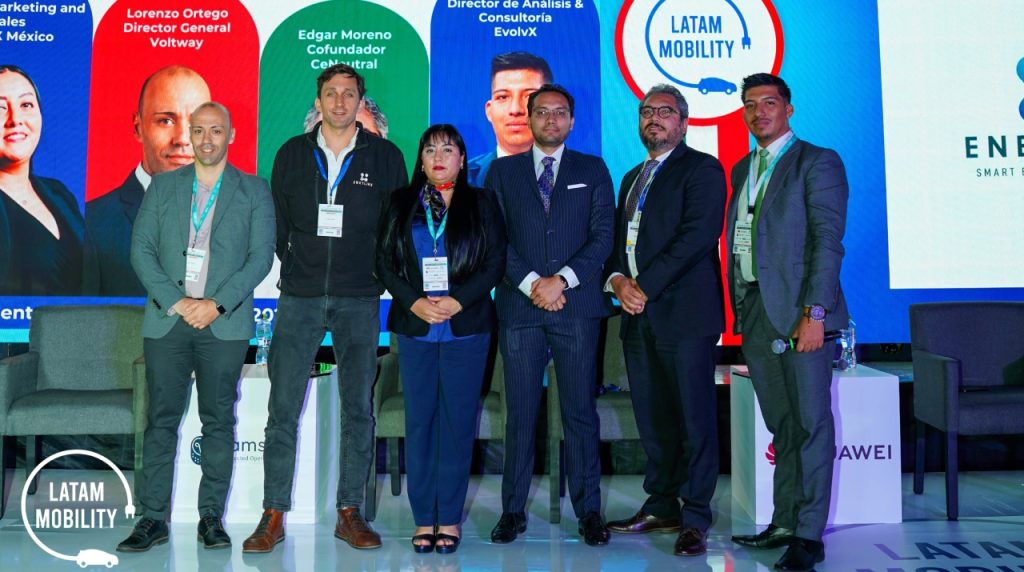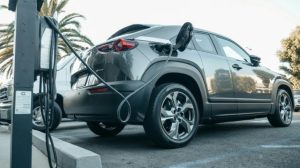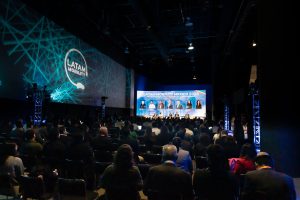The energy transition and sustainable mobility are crucial in the fight against climate change and the development of cleaner, more efficient cities. In light of this, Latam Mobility returned to Mexico City for a new edition of Latam Mobility & Net Zero: Mexico 2024.
With over 1,200 attendees, 80 speakers, and representatives from more than 30 countries, the event took place at the World Trade Center, where one of the central topics was “Energy Transition and Sustainable Mobility: Solutions from the Electrical Sector and Charging Infrastructure.“
Ronaldo Sandoval, Director of Analysis & Consulting at EvolvX, led an insightful debate on this topic, joined by Alonso Romero, Deputy Director of Commercial Strategy at CFE; Sebastián Luque, CEO of Enerlink; Edgar Moreno, Co-Founder of CeNeutral; Lorenzo Ortego, General Director of Voltway; and Isabel Miranda, Head of Marketing and Sales at Enel X Mexico.
The Need for Charging Infrastructure
Implementing adequate charging infrastructure is essential to advancing electromobility.
Currently, Voltway and Enerlink are at the forefront of this transformation. Lorenzo Ortego, General Director of Voltway, explained that this Mexican startup specializes in implementing different types of electric chargers.
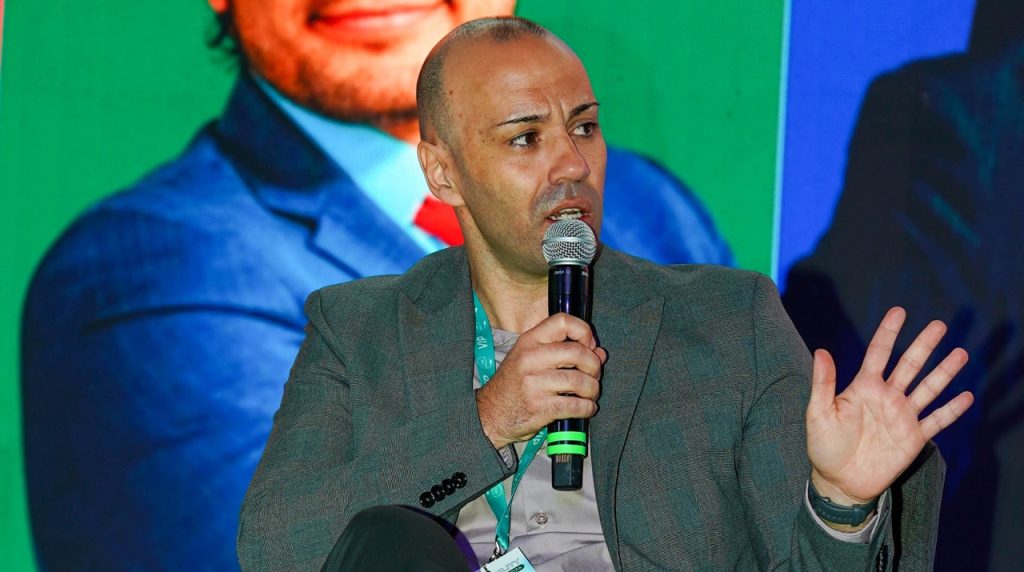
“Domestic chargers, fast chargers, and ultra-fast direct current chargers offer up to 400 kW. These chargers, still imported from Barcelona, aim to meet the growing need for recharging infrastructure, both for private users and fleets,” he affirmed.
On the other hand, Sebastián Luque, CEO of Enerlink, emphasized the importance of the charging experience for users, noting ongoing issues such as the availability of chargers and accessibility in various regions.
“The company, focused on developing software for charge management, seeks to optimize monitoring and control of charging points, creating a more user-friendly experience,” he commented.
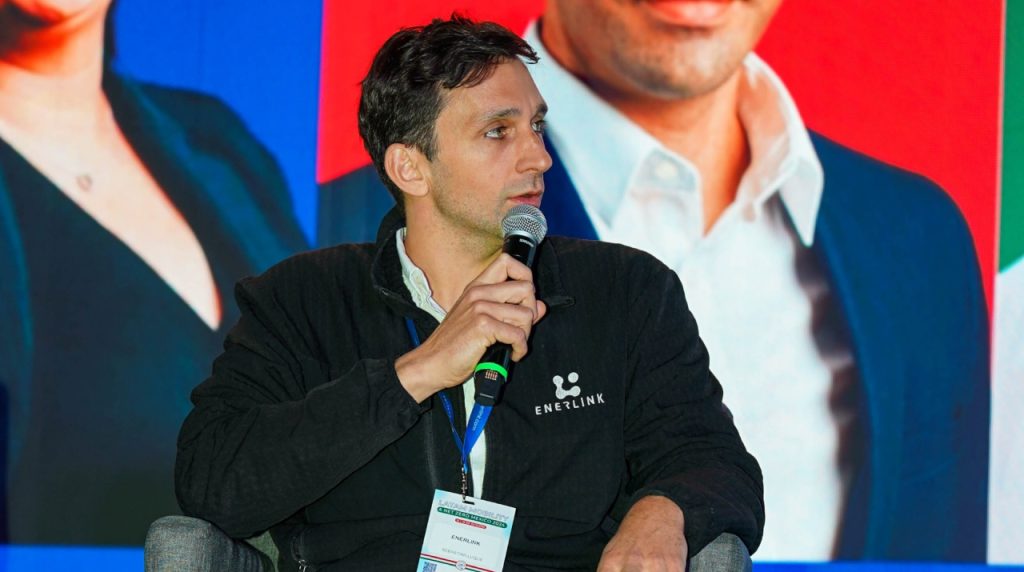
Public Transportation and Access to Remote Areas
Public transport is central to sustainable mobility plans. Isabel Miranda from Enel X highlighted how her company has been working in Mexico with turnkey solutions for energy supply and charging infrastructure. “This allows us to address public transport needs in cities like Mexico City,” she noted.

In the same context, Alonso Romero from CFE discussed their commitment to social electromobility through plans to electrify public transport and the country’s highways.
“Charging infrastructure in remote regions represents a particular challenge. The expansion of the electric grid and the deployment of fast chargers in these remote areas rely on coordinated planning,” he asserted.
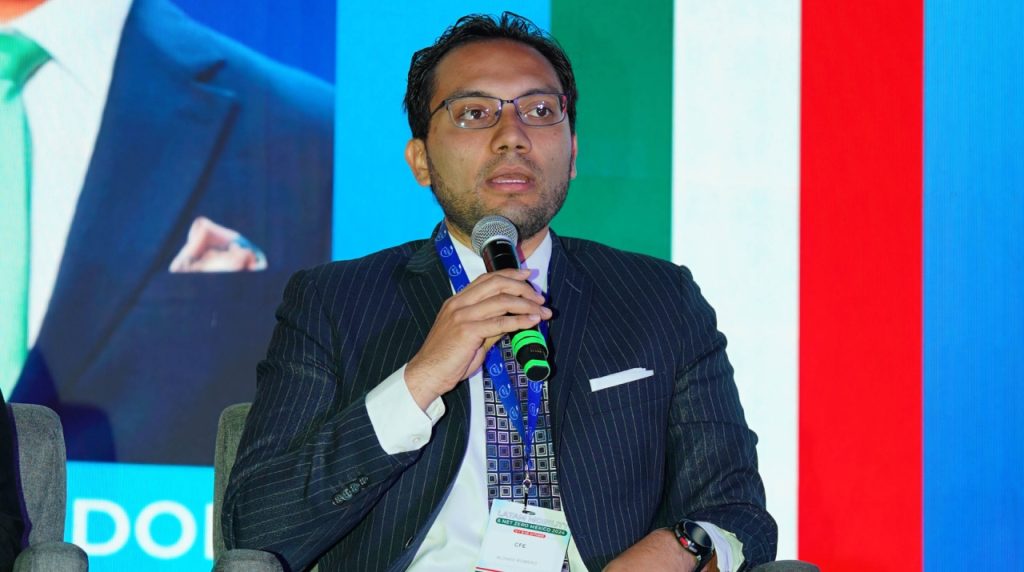
Thus, CFE is promoting coordinated initiatives between government and private entities to ensure that this transition is carried out in an orderly manner, preventing unnecessary cost increases that could impact the entire electric system.
Challenges and Opportunities
To ensure the quality and safety of chargers, Edgar Moreno from CeNeutral stressed the importance of standardizing installation and maintenance procedures for charging points.
“It is essential to have a regulatory framework and training standards that enable technicians and engineers to stay up-to-date with the safety and efficiency requirements of charging infrastructure,” he said.
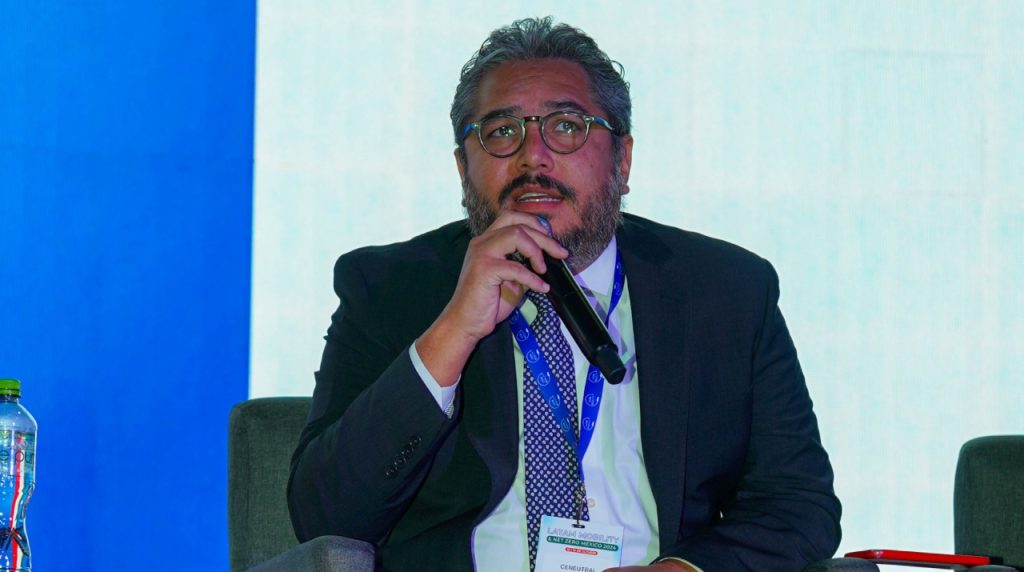
Additionally, Lorenzo Ortego pointed out that an effective self-generation and energy storage strategy could enable residential areas to cover their own electricity demand.
“This not only relieves the load on the electric grid but also brings the sustainability goal closer to more remote areas,” he emphasized.
Looking Ahead: The Importance of Planning
A successful transition requires structured planning and a long-term vision. According to the National Electric System Development Program (PRODESEN), it is estimated that by 2038, there will be nearly 6 million electric vehicles in Mexico, marking a significant increase in the country’s energy demand.
This shift is driven not only by electromobility but also by other growing industries, such as nearshoring and data centers.
To meet this demand, public and private sectors must work in harmony, promoting renewable energy generation and expanding electric grids nationwide.

This will ensure a sustainable energy transition that integrates not only electric mobility but also an efficient and resilient energy model.
In conclusion, the panelists agreed that the transition to sustainable mobility based on electric energy is a complex task but full of opportunities for development and innovation.
With adequate charging infrastructure, distributed generation, and strategic planning, the vision of a future where electric vehicles become the norm could soon become a reality.




